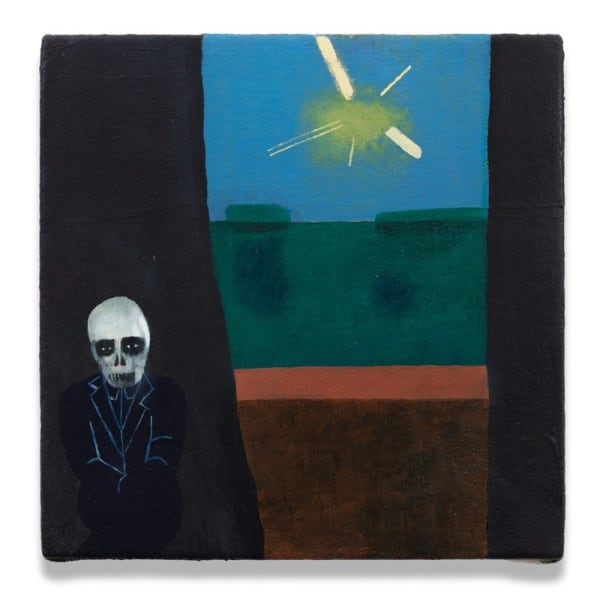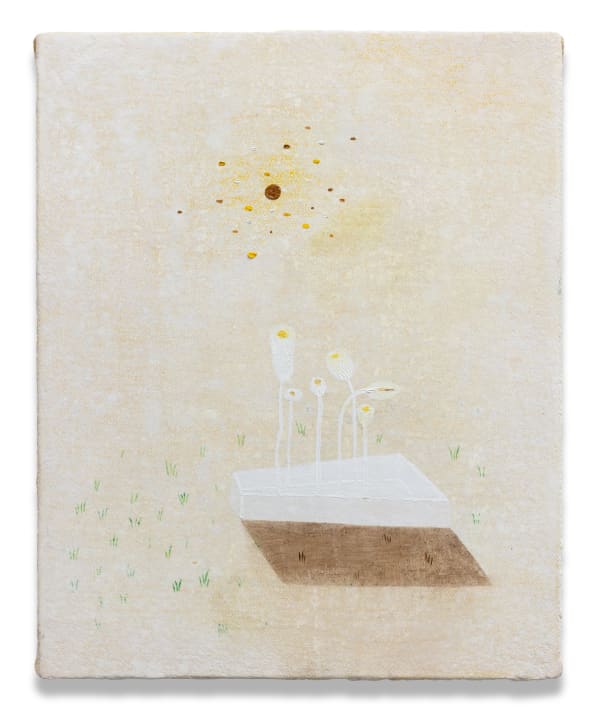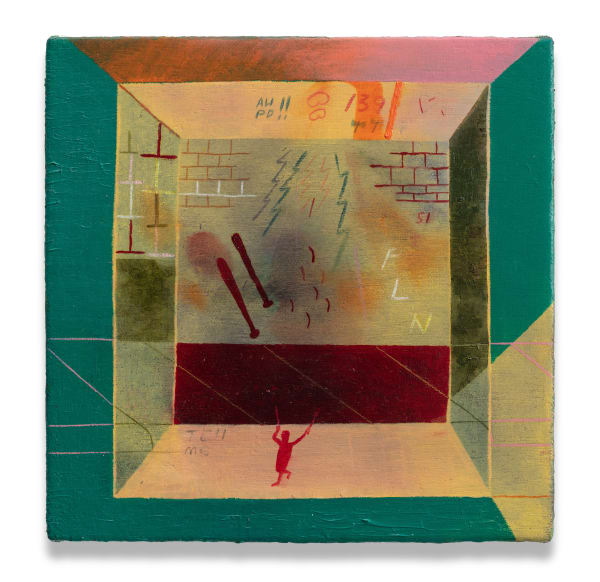Kenny Rivero: I Still Hoop
"This show represents resilience and cultural identity, but underneath it there's some real violence and real trauma. I want to play with the mess. I don't want to play with the clean, cookie-cutter idea of things. The paintings always deal with loss - a loss of a loved one, a neighborhood, a certain geography, a time. Fear of death is looming in general, and some of us don't have a choice but to live with the constant thought of mortality."
-
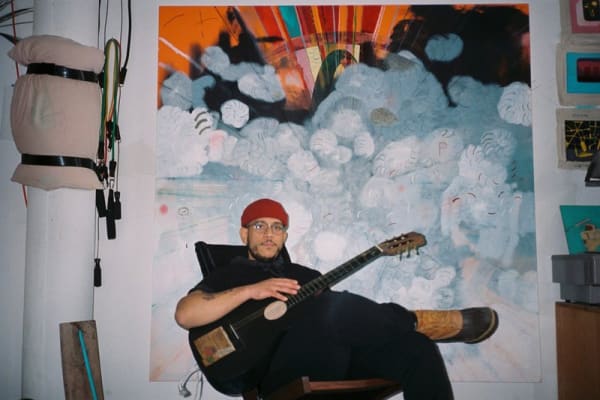
Kenny Rivero Is Painting the Monsters We Choose to Ignore
Saam Niami, Interview Magazine, 17 March 2021 -

2020: A Year in New York Exhibitions and More
Dessane Lopez Cassell, Hyperallergic, 30 December 2020 -
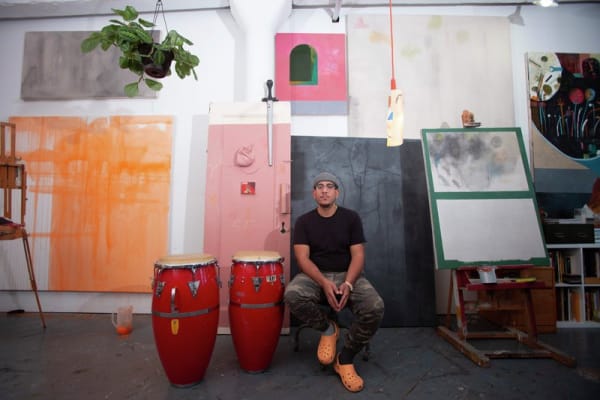
Kenny Rivero's New Paintings Poetically Explore His "Fear of Death as a Person of Color in America"
Mark Westall, FAD Magazine, 11 December 2020 -
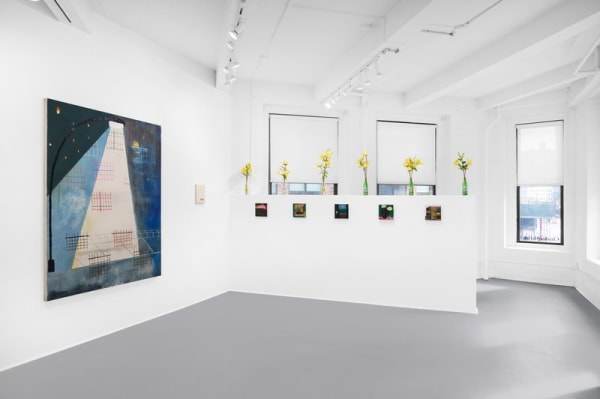
Five New York Gallery Shows To See This Winter
Jacoba Urist, Cultured, 3 December 2020 -

Editors’ Picks: 8 Events for Your Art Calendar This Week, From a New Release on 50 Women Sculptors to a Nicolas Party Ch
Katie White, Artnet News, 23 November 2020 -
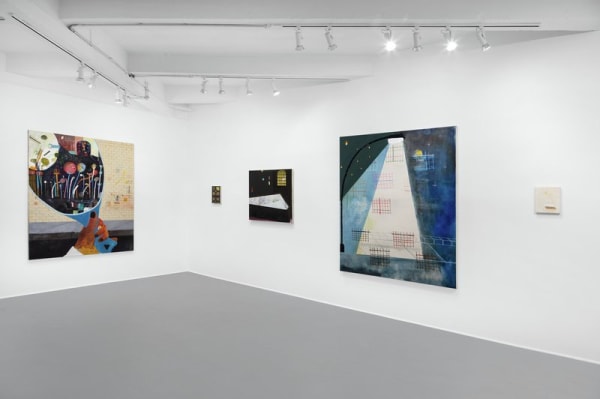
Your Concise New York Art Guide for November 2020
Cassie Packard and Dessane Lopez Cassell, Hyperallergic, 2 November 2020 -
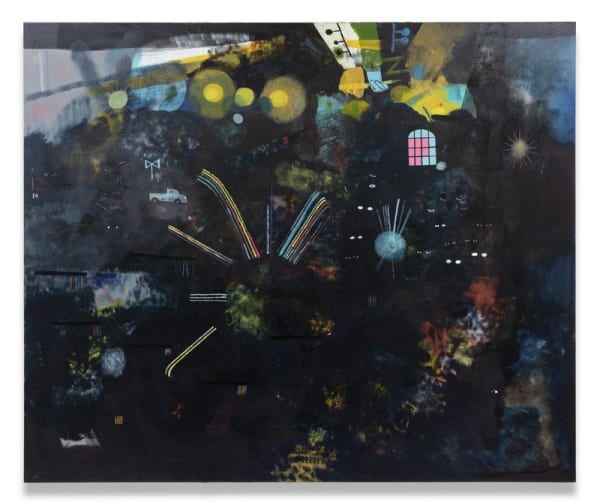
Kenny Rivero Takes A Journey Through The Valley Of The Shadow Of Death In A New Body Of Paintings
Brienne Walsh, Forbes, 28 October 2020
Charles Moffett is pleased to announce I Still Hoop, a solo exhibition of new paintings by New York-based artist Kenny Rivero, on view at the gallery's Canal Street location from October 29 through December 13.
Rivero's presentations have typically entailed the integration of mixed media and found objects, this is his first body of work composed entirely of paintings. In Rivero's own words: "This show represents resilience and cultural identity, but underneath it there's some real violence and real trauma. I want to play with the mess. I don't want to play with the clean, cookie-cutter idea of things. The paintings always deal with loss - a loss of a loved one, a neighborhood, a certain geography, a time. Fear of death is looming in general, and some of us don't have a choice but to live with the constant thought of mortality."
The exhibition's title, I Still Hoop, has multiple meanings. Most literally, it is a playful phrase that is used to be "braggadocios and flex a little bit." In a larger sense, the exhibition's title correlates with Rivero's lifelong ethos of resourcefulness and thinking creatively about how to expand with limited resources; to still hoop is what Rivero refers to as "an affirmation of resilience." Heightened by the recent police-committed murders of black people, at the top of Rivero's mind has been the breed of fear that he first internalized as a child growing up in a neighborhood that was disproportionately affected by street violence and the crack epidemic.
Rivero is a trained musician and his time in the studio alternates between visual art-making and music. In addition to his painting materials, his Bronx studio houses a drum set, keyboards, guitars, and various percussion instruments. When he paints, he feels that his hand moves in a system that is more connected to music than to painting in a traditional sense; as one example, all of his paintings start with him shuffling paint around on the canvas in a rhythmic fashion that correlates with the music he's listening to, and the works find their narrative or figurative focuses along the way via improvisation. Rivero's days in the studio are typically structured around painting while listening to music in the morning and playing music in the evening. He cites the hybrid qualities of salsa, hip-hop, house music, jazz, R&B, Afro-Caribbean folk music, progressive rock, and merengue as core influences in his artistic decision-making.
Another predominant aspect of Rivero's life and art practice is how his hybrid faith-stemming from a diverse religious upbringing that incorporated Christianity, Catholicism, Vodun, Santeria, and other Afro-Caribbean influenced spiritual practices-has informed his complex relationship with the idea of death. "Faith has always been a comforting way to 'prepare for dying,' as a way to cope with that perpetual fear. The work often references a parallel world that may be the afterlife-it's almost dreamlike, combining many aspects of my life and subconscious. The scenes are loosely familiar, but reject reality. The more mystical aspects of my own spiritual practice are where my faith comes into the paintings. Growing up, my aunt was a well-known reader of Barajas, a divination tool that uses a Spanish card deck, where you can communicate with ancestors. The work speaks directly to that, knowing that I'm part of a legacy that has an ability to connect with spiritual energies. Growing up, there was always death in the air. In the paintings, a lot of the symbols, numbers and letters are about communicating with that other side."
Rivero's works feature many aspects that allude to objects or elements of a Dominican-American upbringing. Most principally, the work itself takes place in a locale that combines Rivero's parents' homeland of the Dominican Republic with the concrete landscape of New York. For instance, one painting, Lamps and Socks-which Rivero considers to be the most playful picture in the show-"riffs on the stereotype that Dominicans don't like to wear socks." The work itself, which takes place in a characteristically New York street at night, depicts socks sneaking out together and exploring the city, since according to the stereotype, they don't otherwise get to go outside. Rivero's use of light in the painting represents the dim blue glow before the sun comes up, which he often experienced in his role as a graveyard shift doorman. In another painting, Five Teeth, a similar formal influence is a particular atmospheric light that Rivero associates equally with autumn in New York and summer in the Dominican Republic.
Overall, the exhibition-which is set in an abstracted landscape informed by the people, architecture, culture and aesthetics of Washington Heights in New York (more broadly, uptown and the Bronx) and the Dominican Republic (more specifically, Santiago and el Cibáo)-combines historical and cultural references with Rivero's own memories and experiences in order to examine the power of fear, death, spirituality and mysticism.
Kenny Rivero (b. 1981; lives and works in New York. MFA Yale 2012, BFA SVA 2006): Rivero's work, which spans paintings, collage, drawings, and sculpture, explores the complexity of identity through narrative images, language, and symbolism. His aim is to deconstruct the histories and identities he has been raised to understand as absolute and to re-engineer them into new wholes, with new functions. His creative process allows him to explore what he perceives as the broken narrative of Dominican American identity, socio-geographic solidarity, familial expectations, race, and gender roles. Kenny Rivero's work is represented in notable public collections including The Studio Museum in Harlem, New York; El Museo del Barrio, New York; The Whitney Museum of American Art, New York; Collection of Thomas J. Watson Library, The Metropolitan Museum of Art, New York; and Pérez Art Museum Miami, Florida.


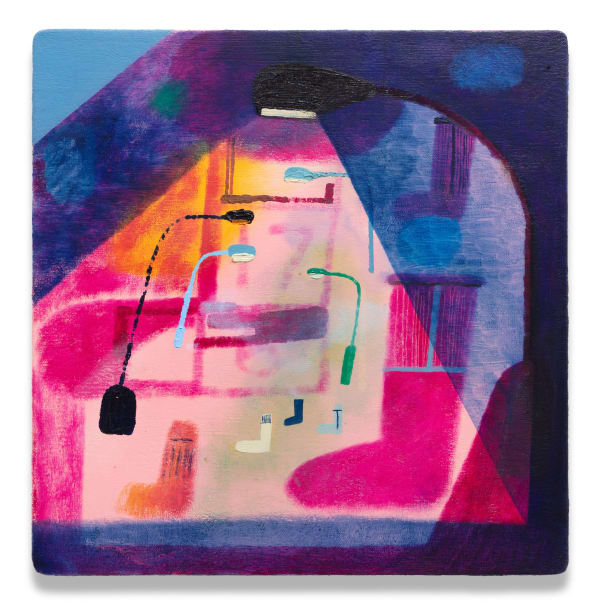

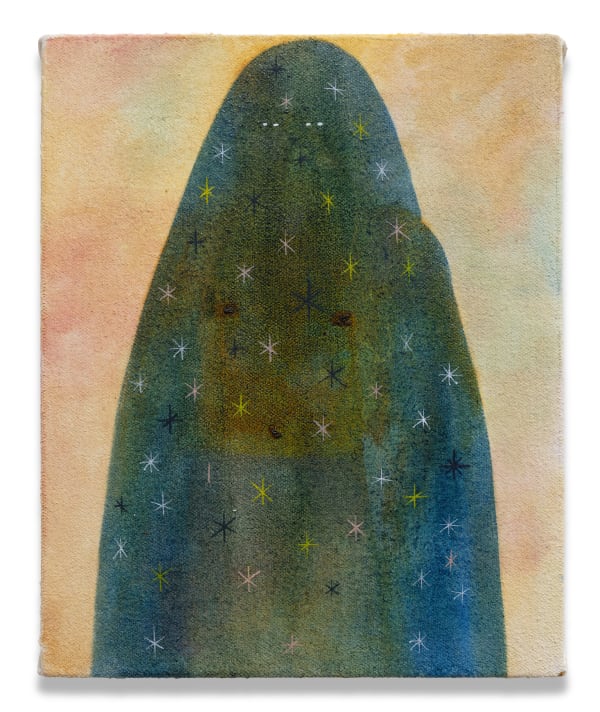

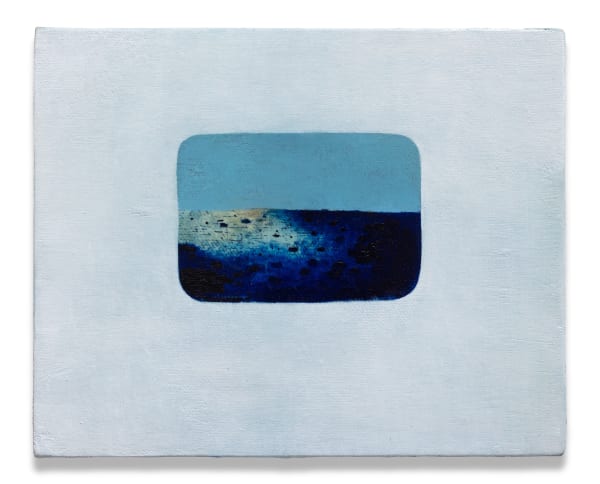

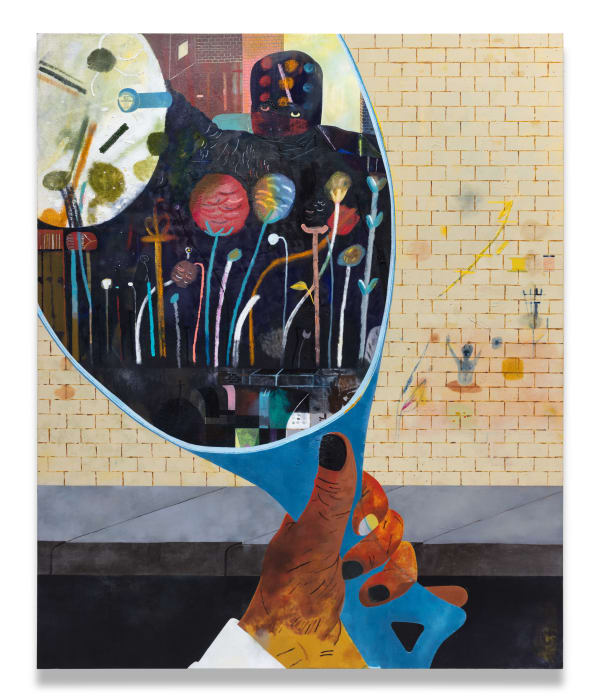
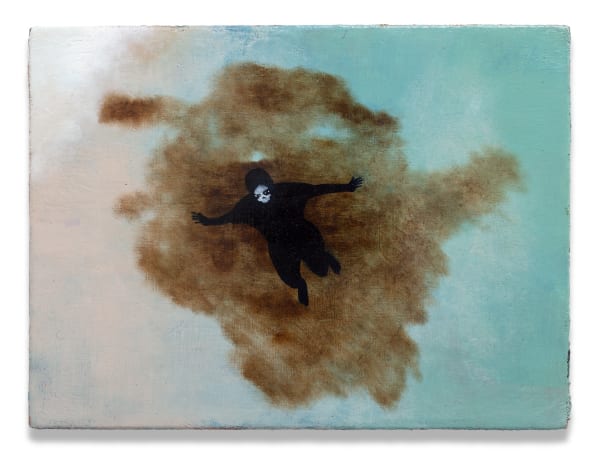

![Kenny Rivero 8 Diagrams [Today's Math (Liro Falla)], 2020 Oil, acrylic, pastel, graphite, flashe on canvas. 72 x 60 in. (182.9 x 152.4 cm)](https://artlogic-res.cloudinary.com/w_600,c_limit,f_auto,fl_lossy,q_auto/artlogicstorage/charlesmoffett/images/view/546ea7e9eb509318df122fd82949e82aj/charlesmoffett-kenny-rivero-8-diagrams-today-s-math-liro-falla-2020.jpg)

